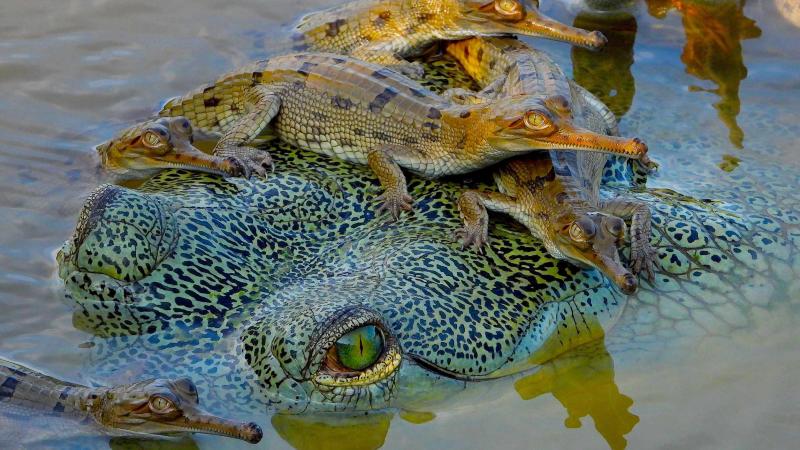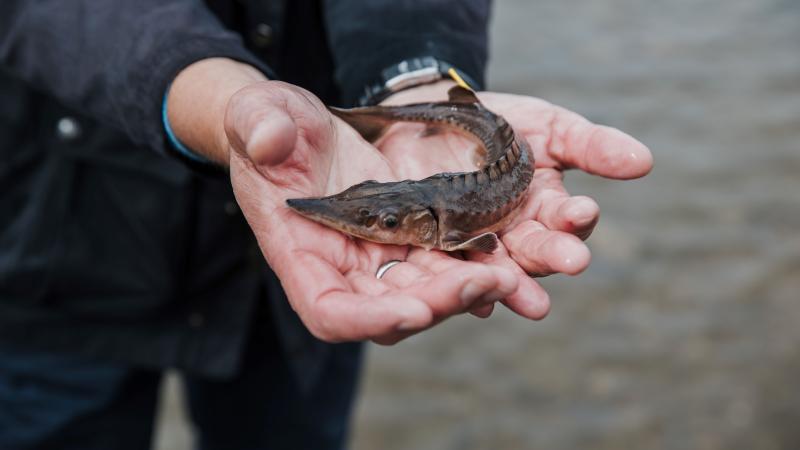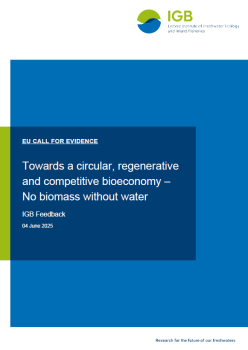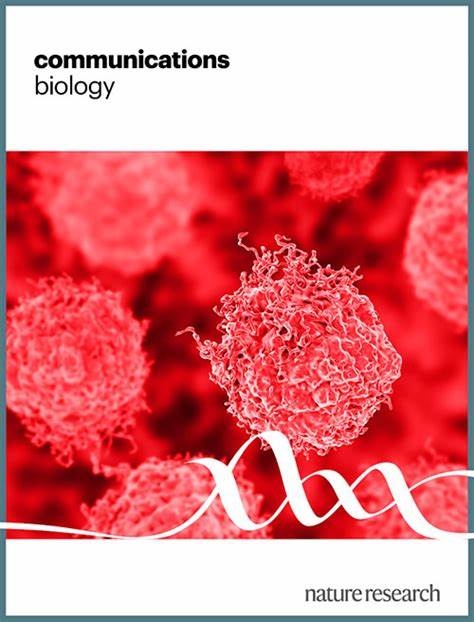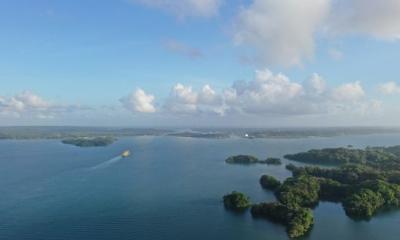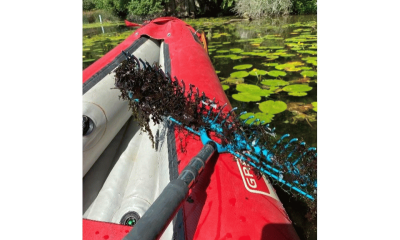
Countless organisms live on our planet. However, this biodiversity is threatened by human dominance. In particular, genetic diversity, species diversity and ecosystem diversity are affected. The main reasons for the rapid decline in biodiversity are climate change, large-scale land-use change, direct exploitation, pollution and the spread of invasive alien species. Freshwater species – from larger animals (“megafauna”), fish, amphibians, invertebrates, macrophytes to a variety of microorganisms (e.g. plankton, bacteria, fungi and viruses) – are particularly affected by these pressures. In this context, aquatic biodiversity contributes to the stability and resilience of ecosystems in the context of global change, and plays a central role in important ecosystem services such as water purification, food supply and recreational opportunities.
In the programme area “Biodiversity in a Changing World”, IGB engages in research on the drivers and implications of biodiversity loss and on how biodiversity can be conserved. The focus is on lakes, rivers and wetlands in general, including small freshwater habitats such as ponds and streams, as well as feedback mechanisms between aquatic and terrestrial systems.
Speakers
News
Downloads
Selected publications
A roadmap for equitable reuse of public microbiome data
Science benefits from the rapid and open exchange of knowledge. However, there is a lack of appropriate community standards for data exchange between different institutions. In this article the authors discuss improvements for the exchange of extensive microbiome data.
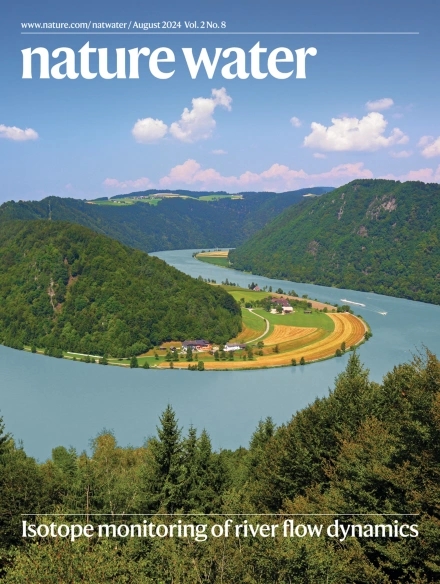
Europe’s water law needs genomic resolution
The authors recommend a new genetic approach for the obligatory measurements under the European Water Framework Directive (WFD). Currently, the diversity of phytoplankton – i.e. microalgae – is assessed as a key parameter for water quality using an inverse microscope technique that has been in use since 1958.

Global thermal tolerance compilation for freshwater invertebrates and fish
The authors present the first comprehensive and openly accessible compilation of freshwater species’ thermal tolerance, covering over 900 invertebrates and fish, and including English and non-English studies to expand representation and reduce biases.

Towards transformative change for biodiversity: What can we learn from case studies in Germany?
The authors analysed 22 case studies of biodiversity-enhancing societal processes and projects in Germany to identify barriers and success factors, as well as features that support transformative change towards sustainability and the mainstreaming of biodiversity. They identified 16 features that support transformative change for biodiversity, many relevant beyond Germany.
Fundamental questions in meiofauna research highlight how small but ubiquitous animals can improve our understanding of Nature
This paper identifies the top-50 priority questions for meiofaunal research, highlighting their critical roles in biogeochemical cycles and biodiversity. It calls for a balanced research agenda, international cooperation, and advances in technology to overcome current challenges and unlock meiofauna’s full potential.


